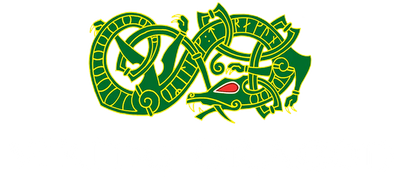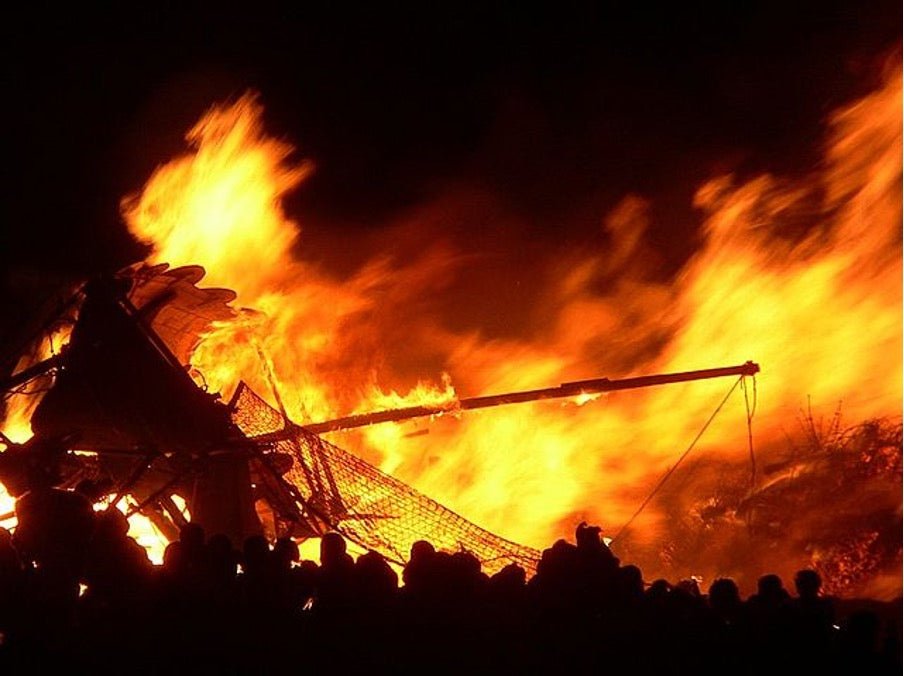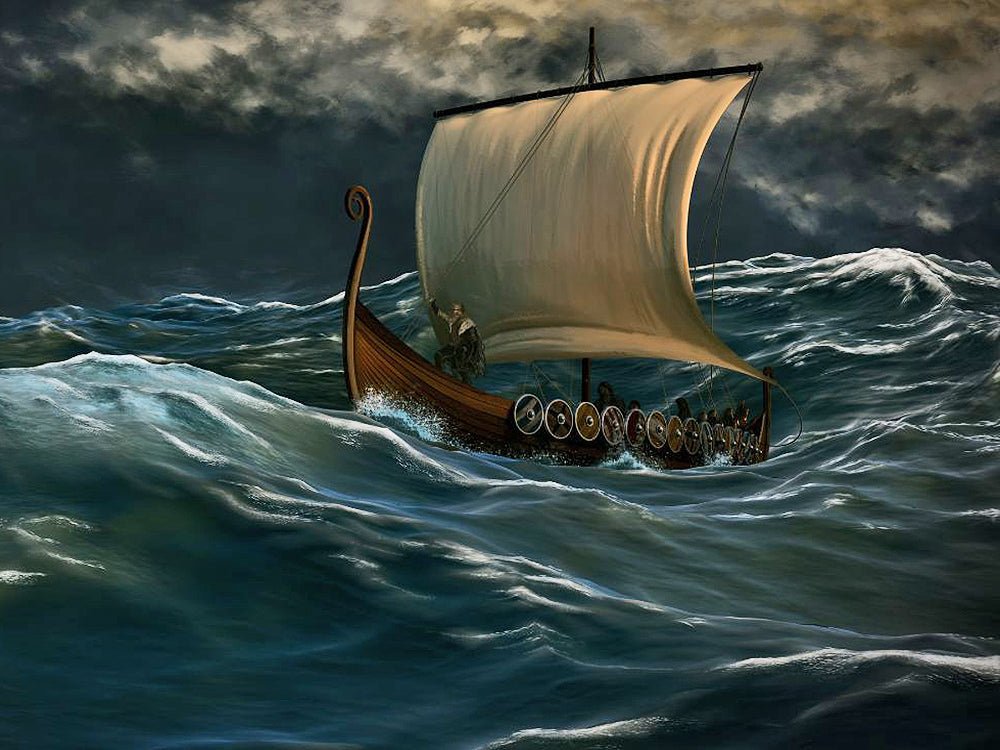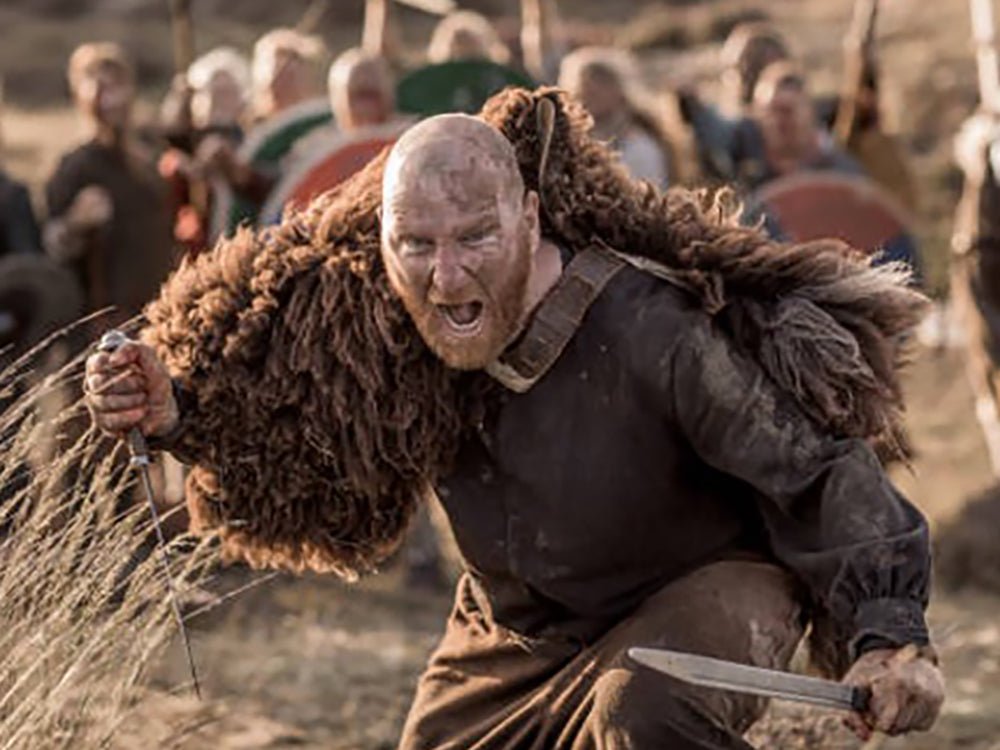No one is quite sure how the Vikings welcomed in the New Year. In fact, there is a debate among historians as to exactly which month marked the beginning and end of the Viking calendar. But while we can’t be certain how Vikings celebrated this important moment, there is one New Year’s festival with direct Nordic origins that can serve as an annual connection through the millennia.
Readers outside of Scotland might not be familiar with Hogmanay. Taking place on the 31st of December, this yearly festival is often unfairly reduced to ‘Scottish New Year’s Eve.’ It’s much more than that though. Hogmanay is famous for its fireworks, bonfires, parades and general exuberance, making it one of the most treasured festivals in the Scottish calendar. And with roots stretching back to the Viking celebration of Yule, Scotland is never better connected to its Nordic heritage than at the turn of the New Year.

Edinburgh - Hogmanay Ship Burning
Yuletide Imported
It’s believed that the first seeds of Hogmanay were planted when Viking settlers brought Yule to British shores in the 8th and 9th centuries. Though these newcomers may have been far from their Nordic homeland, it was still important to them that they celebrated a week of revelry at the darkest time of the year. Over the decades as the British and Viking populations merged, Yule celebrations likely mixed with the local festival of Samhain which marked the arrival of winter. The two celebrations shared several similarities, including the centrality of light and fire as a theme, taking place during the cold, dark months and, of course, calls for overall merriment.
Just like in Scandinavia, Scottish mid-winter can be dark, bleak and depressing. Vikings in Scotland therefore used Yule to inject some levity into the otherwise difficult period around the winter solstice. They marked the occasion with bonfires, feasts and parties to light a spark during the dark winter nights. Norsemen and women decorated their homes with evergreen wreaths and branches, symbolic of life overcoming darkness, and burned a Yule log on the fire throughout the 12-day holiday.
The similarities between Yule and Hogmanay are easy to see, as many aspects of the ancient festival are brought back to life in Scotland at the turn of the New Year. Light is thrust into the dark night as towns across the country host Hogmanay bonfires or firework displays. More dramatic still are the torchlit processions through town-centres across the country. One of the most spectacular fire ceremonies takes place in Stonehaven in Aberdeenshire, where each year men and women process through the town swinging flaming wire cages above their heads on two or three-foot chains. Though written records of the Stonehaven Fireballs only date back as far as 1908, local historians believe the custom to be much older. The flames are said to symbolise purification and the banishing of evil spirits - a concept that predates Christianity in Scotland and was also a central aspect of Viking Yuletide.

Up Helly Aa procession, Lerwick
The Legacy of Invasions
Scotland’s Viking history influenced modern Hogmanay in more ways than just handing Yuletide customs. The local struggle against Viking invaders has also left its mark in the form of one of the most crucial Hogmanay rituals: first footing. As the festival takes place on New Year’s Eve night, the first foot that steps into the house on the first of January is responsible for bringing either good or bad fortunes into the home. To ensure the best luck possible, the first guest should be a dark-haired male. It’s believed that this custom is a throwback to the Viking days, not because it’s related to Yule, but because a blonde-haired stranger on a Scottish doorstep was unlikely to be a sign of a happy new year!
The Persistence of Hogmanay
A thousand years ago, the Yuletide celebration that would become Hogmanay was celebrated from the Outer Hebrides to the North of England. As the Vikings were banished from the British Isles and Norse heritage shrank in relevance, so too did this once great celebration. But though Hogmanay was eventually forgotten south of the border, it never lost its full significance in Scotland.
But how is it that a Viking-age festival has managed to survive the passage of the centuries? The continued importance of Hogmanay seems even more unlikely when you consider that Christmas and New Year take place around its same time of year, and the most significant, Christian festival may well have pushed out their Scottish cousin. Well, the persistence of Hogmanay in the Scottish zeitgeist has more to do with Christianity than it does paganism. During the Protestant Reformation, Christmas was banned in Scotland for being ‘too Papist.’ This left the spotlight open for Hogmanay, which was the preeminent winter celebration in the country until the 19th century.
Still, the full force of the Nordic influence is still felt most strongly in the areas of Scotland that stayed under Nordic rule for the longest. Visitors to the Shetland Islands at the turn of the year may be surprised to hear that Hogmanay is still referred to by many as ‘Yules.’ But that’s not too shocking really. After all, the Shetlands and Orkneys were provinces of Norway until as late as the 15th century.

Remembering the Viking Past
Modern Hogmanay celebrations often give a nod towards the Vikings for their part in developing one of the most beloved days on the calendar. One of the most famous images of Hogmanay is the fire procession through Edinburgh. Each year a column of men dressed as Viking warriors stride through the Old Town, holding aloft flaming torches. More than 20 thousand people bought tickets to see the parade in 2023, with many observing from apartments, hotel rooms and pub terraces. The procession always ends in spectacular fashion at Edinburgh Harbour with the burning of an imitation Viking longship.
This isn’t the only fire procession and ship burning on Hogmanay night. Edinburgh’s bombastic annual tradition is inspired by a long-held New Year’s festival in the Shetland Islands known as ‘Up Helly Aa.’ Just like Hogmanay, this late December ritual also evolved from Viking-age Yule traditions and continues to signify for many the deep connection between modern Scotland and its Nordic heritage.




